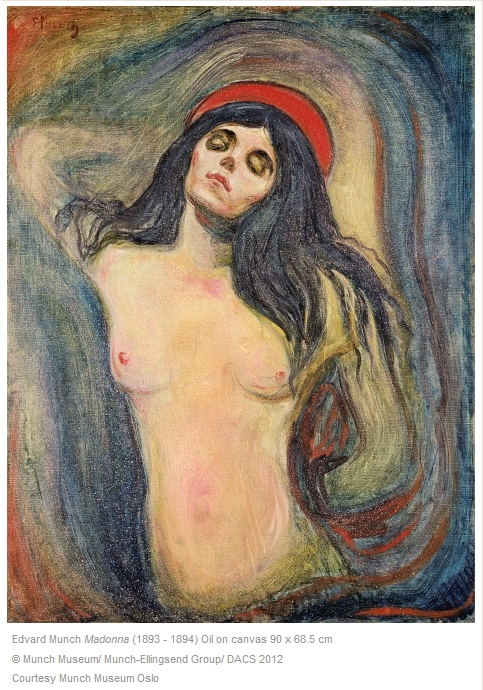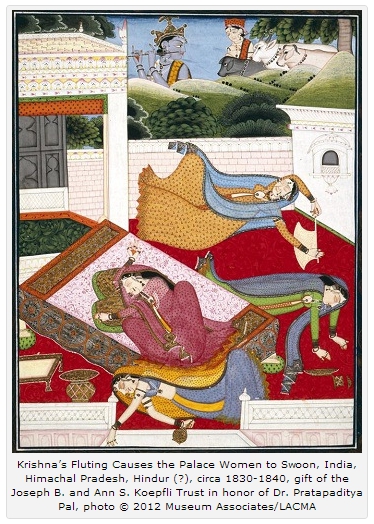Sue Prideaux, author of Edvard Munch: Behind the Scream, wrote a feature article on the artist for the summer edition of Tate Etc. magazine to accompany the Tate Modern’s exhibition,“Edvard Munch: The Modern Eye.”
Prideaux writes about how Munch was affected by spiritualism and use of developing camera technology. In his photography, Munch experimented with the exposure and other processes to achieve supernatural effects that suggested “spirit images” and dopplegängers. Even paintings like “Madonna” (above) were influenced by photographs that claimed to capture the aura emitted by all living beings.
Read more to learn about Edvard Munch’s unique vision and how the arts of looking and painting in the Modernist period were changed by that period’s new technology.
– Naomi Kuo, Slow Art Day Intern



